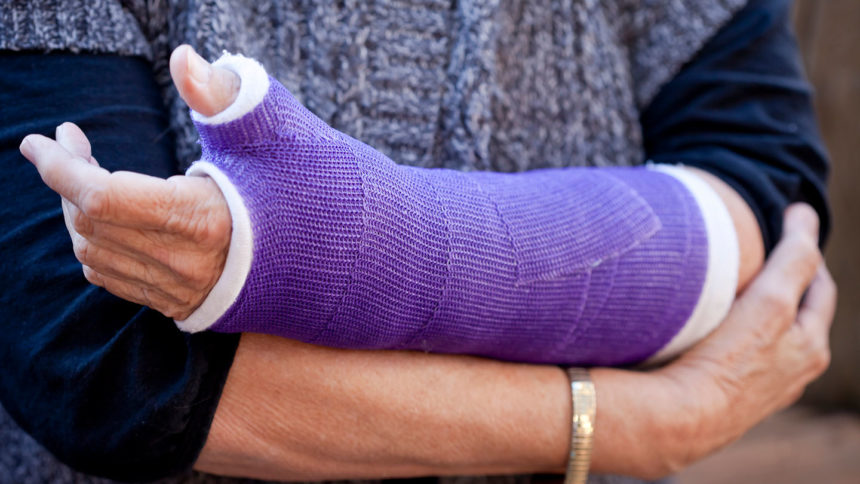
Despite ongoing prevention efforts, falls injury rates are increasing by 1.5% annually among older U.S. adults, according to a new analysis of Medicare claims data. Limitations in long-term care coverage may be contributing to the problem, investigators said.
The researchers used 100% Medicare Part A and B claims from January 2016 through December 2019 to determine falls injury incidence among adults aged 65 years and older. They also looked at national trends and geographic variation.
The steadily growing incidence of falls injury led to an additional 106,000 new injuries during the study period, or an estimated $1 billion in related spending, they found. It is unclear whether current prevention efforts are keeping more severe injuries from occurring, or not working at all, concluded Geoffrey Hoffman, Ph.D., MPH of the University of Michigan School of Nursing, in a research letter published in JAMA Network Open.
In either case, more investment in education and prevention is needed, he and his colleagues said.
“Severity of illness is increasing among Medicare beneficiaries, with older individuals living longer. So there is a shift in demographics, plus changes in enrollment trends,” they wrote. “We also have insurance-related limitations. Medicare covers treatment for injury, but not for long-term care that may help maintain function in older individuals, so it’s difficult to mitigate these risks.”
Wide geographic variation a “surprise”
Investigators said they were surprised to find that falls injury incidence varied widely by geographic location. U.S. counties with fall rates in the 90th percentile had falls injury rates that were roughly 75% higher than counties with the lowest fall rates (tenth percentile).
“This suggests that environmental factors may play a larger role in falls than has been previously discussed and that population-targeted risk management to target-specific areas may be cost-effective and beneficial,” Hoffman said.
Although the study was limited by the exclusion of Medicare Advantage enrollees, the results show the potential for using national Medicare data to track falls for older adults on a large scale, he and his colleagues added. Such monitoring may lead to more effective prevention efforts or help to identify harms, such as increases in the use of medications linked to falls risk, they said.
Pandemic’s effect on falls injury in LTC
Pandemic challenges certainly have not helped reduce the falls problem. Another recent study in nursing homes, for example, has revealed a 17.5% increase in rates of falls causing major injury, McKnight’s Long-Term Care News has reported. This and a rise in pressure injuries among residents are the result of increased strain on the entire healthcare system during the COVID-19 era, the authors of that study concluded.




